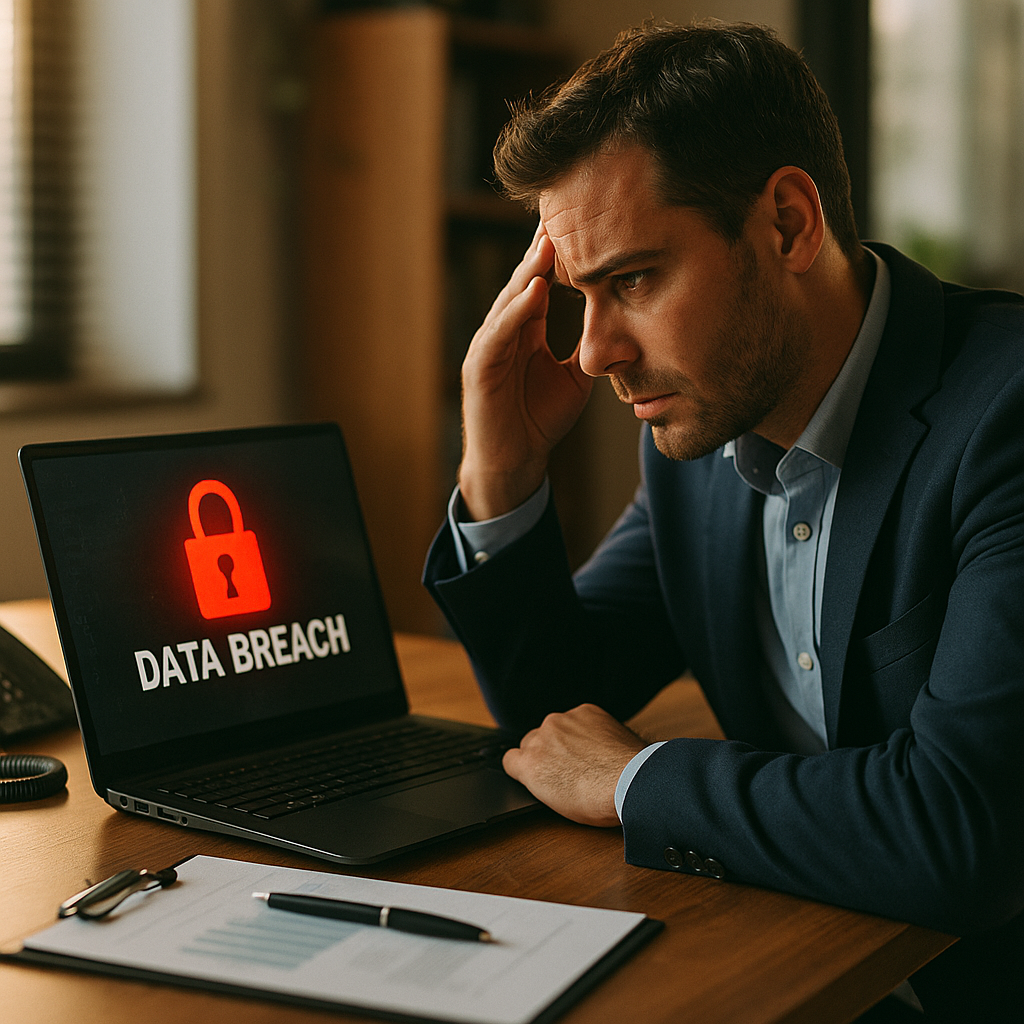Every brand faces the risk of a security incident, making a solid data breach response and notification plan crucial. The primary keyword, data breach response and notification best practices, is at the heart of minimizing damage and rebuilding trust. Here’s a comprehensive guide to empower brands facing today’s rapidly evolving cyber threats.
Proactive Prevention: Strengthening Your Cybersecurity Framework
While response plans matter, prevention remains your first defense. Brands must regularly update firewalls, patch software, and limit access to sensitive data through multi-factor authentication. According to a 2024 IBM report, the average cost of a data breach dropped by 12% for companies with mature prevention programs. Ensure employees receive security awareness training—most breaches in 2025 still begin with human error.
- Schedule quarterly security assessments by qualified professionals.
- Implement encryption for data at rest and in transit.
- Develop an incident response policy with clearly assigned roles.
Proactive investment not only weakens a would-be attacker’s advantage but also demonstrates your brand’s seriousness about protecting customer trust.
Immediate Data Breach Response Steps for Brands
The clock starts ticking the moment a breach is detected. Following incident response procedures is critical for minimizing harm. Experts recommend the following steps:
- Contain: Isolate affected systems to stop further data loss.
- Assess: Determine the nature and scale of the breach. What data was accessed?
- Eradicate: Identify and remove the attacker’s access points.
- Recover: Restore systems using clean backups and monitor for suspicious activity.
Have a dedicated team, including IT, communication specialists, and legal counsel, ready to respond. Documentation at each step will aid regulatory reporting and future improvements.
Complying with Data Breach Notification Laws in 2025
Global data breach notification requirements have evolved. In 2025, most jurisdictions—including the US, UK, and EU—mandate notification within 72 hours or less of detection if customer data is at risk. Non-compliance can yield severe fines and reputational harm.
- Work with legal counsel to understand relevant regulations (such as GDPR, CCPA, or regional laws).
- Prepare notification templates in advance, tailored for regulators, affected individuals, and the media.
- Ensure disclosures are clear, concise, and honest.
Use plain language in communications, detailing what happened, what information was affected, and how your brand is responding. Transparency strengthens customer relationships and regulatory standing.
Communicating a Data Breach: Earning Back Trust
Effective data breach communication strategies can turn crisis into opportunity. Customers rightfully demand candor, empathy, and concrete steps towards remediation. Avoid vague statements or shifting blame. Instead:
- Send direct, personalized notifications to affected individuals.
- Provide practical advice, such as monitoring for fraud or changing passwords.
- Offer support, like enrollment in free credit monitoring or identity protection services.
- Show leadership—speak publicly through respected executives and share a timeline for improvements.
Brands that communicate openly and deliver meaningful solutions often see brand loyalty rebound after crises, as seen in PwC’s 2024 Global Consumer Insights Survey.
Post-Breach Review and Continuous Improvement
Once the crisis has passed, conduct a thorough post-incident review. This step is essential—not just for regulatory purposes, but for ongoing risk reduction. Analyze:
- How did the breach occur? Were detection and response times adequate?
- What processes or controls failed and why?
- What new training or technologies could prevent recurrence?
Document all findings, share lessons internally, and publicly announce improvements where possible. This transparency helps repair brand reputation, deters future attacks, and encourages a culture of accountability among staff and partners.
Choosing the Right Partners: External Incident Response Support
Brands don’t have to recover alone. Many successful organizations leverage data breach response partners, such as managed security service providers, breach coaches, or digital forensics experts. Partnering with experienced teams streamlines:
- Technical investigation and root cause analysis
- Regulatory reporting and legal compliance
- Stakeholder communications
- Long-term security enhancements
Engage with these partners early—waiting until an incident occurs can slow your response and increase losses. Review candidates annually, ensuring they meet your sector’s regulatory requirements and share your brand’s commitment to privacy.
Prioritizing data breach response and notification best practices in 2025 is non-negotiable. Strong preparation, speedy action, and open communication not only mitigate losses—they can position your brand as a trustworthy leader in an uncertain digital world.
FAQs: Data Breach Response and Notification Best Practices for Brands
- What is the first thing a brand should do after detecting a data breach?
Contain affected systems immediately to prevent further data loss. Then, assess the scope and engage your incident response team, including IT, legal, and communication leads. - How quickly must brands notify regulators and affected individuals?
In most regions, notification windows are 72 hours or less from detection. Review your industry’s and markets’ specific laws as some may require even faster action. - Who should be involved in managing a data breach response?
Assemble a team with IT security professionals, compliance/legal counsel, PR or communications experts, and executive oversight. External breach response partners are also advised. - What information must be included in a data breach notification?
Clearly state what data was affected, the nature of the breach, potential risks, steps taken, and resources for affected individuals (like fraud monitoring or a support hotline). - Can a strong response improve customer trust after a breach?
Yes. Transparent communication, prompt action, and offering genuine support can help restore and even strengthen customer trust post-incident.
